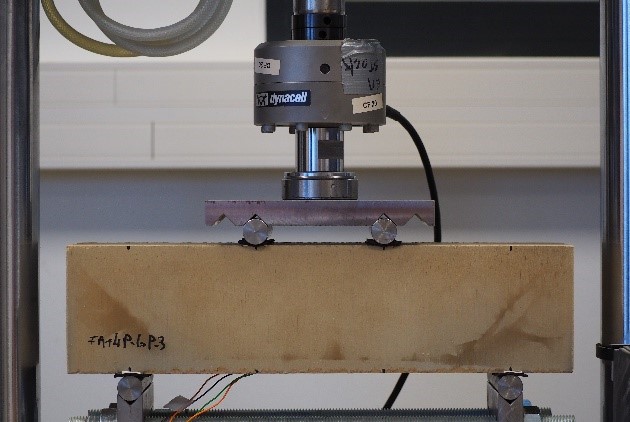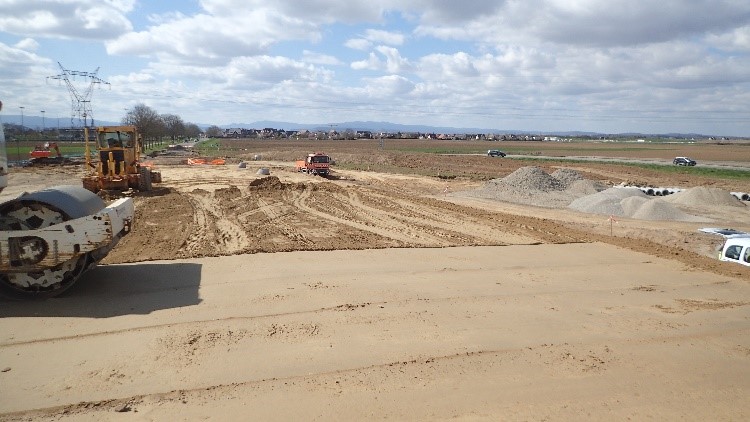Treated soils
Soils treated with hydraulic binders are used at the interface between subgrades and structures. Soil treatment consists of mixing a natural soil with lime and/or a hydraulic binder and then compacting the resulting mix. This technique creates a homogeneous, durable and stable capping layer which transfers loads uniformly from the structure to the subgrade. The mechanical performance of this layer is sufficient to support the structure. This process has the advantage of minimising the economic cost of the infrastructure and has a number of environmental benefits. The use of treated materials reduces the thickness of structures and the amount of excavated material while also obviating the need to import quarried aggregate.
However, in spite of their longstanding use, allowing for the mechanical performance of these materials remains empirical. Consequently their real mechanical performance is considerably downgraded during design processes and their implementation remains limited.
The multi-scale approach applied in laboratory studies aims to precisely determine the performance of these materials in order to include them in structures more efficiently in order to rationalise costs

